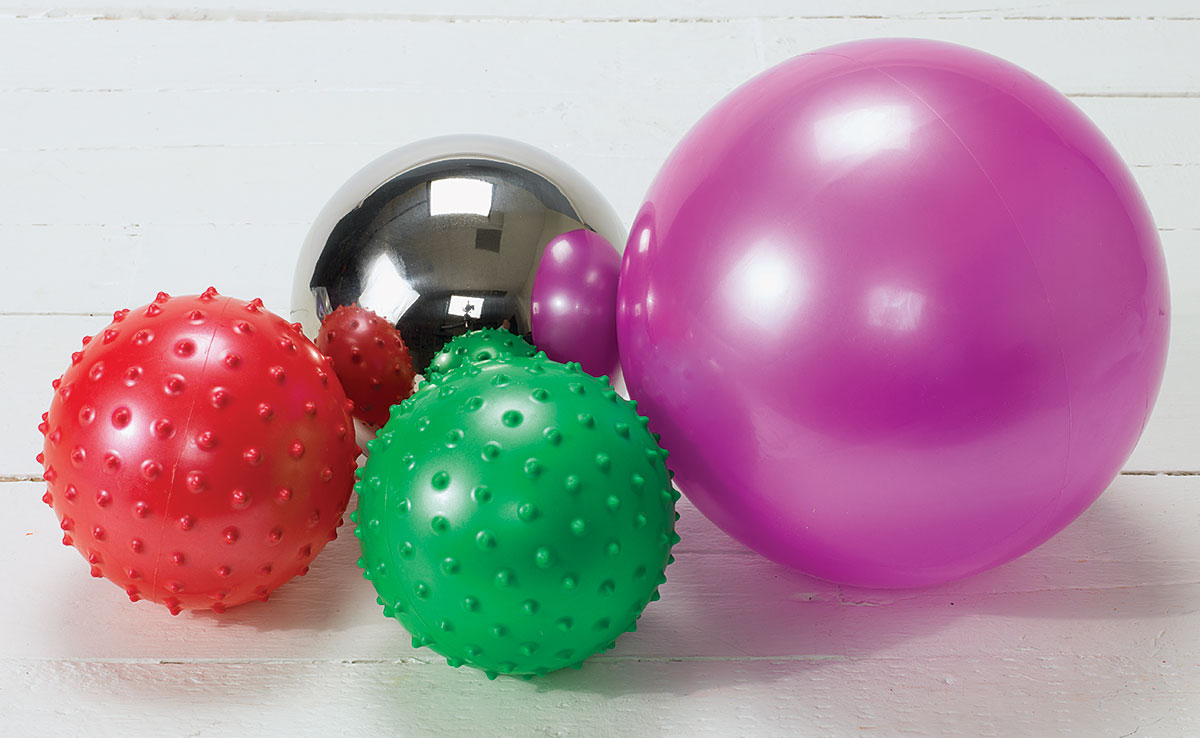
Menu
- Home
- Pushing STEM Activity
pushing


intro:
Many young children understand the basics of pushing and pulling, and this activity will further their understanding as they learn that weight can affect how far a ball can be pushed by another ball.
set up ideas:
You will need a large space available for this activity. This activity can be a good opportunity for scientific experimentation on the playground.
Many young children understand the basics of pushing and pulling, and this activity will further their understanding as they learn that weight can affect how far a ball can be pushed by another ball.
set up ideas:
You will need a large space available for this activity. This activity can be a good opportunity for scientific experimentation on the playground.
let's get started
To get started you will need 2 heavy balls that are the same size and weight, preferably playground balls or baseballs. You will also need 1 ball that is roughly the same size as the balls above, but lighter, such as a sponge ball or whiffle ball.
step 1
Seat the children in a circle and have a child roll one of the heavier balls to another child in the circle. The ball must stay on the floor. Repeat until all children have a turn.
Seat the children in a circle and have a child roll one of the heavier balls to another child in the circle. The ball must stay on the floor. Repeat until all children have a turn.
step 2
Using two balls, have children roll the balls toward each other so that they collide. Observe what happens when they collide and the directions that they move.
Using two balls, have children roll the balls toward each other so that they collide. Observe what happens when they collide and the directions that they move.
step 3
Swap one of the heavy balls for the lighter ball and repeat the previous step. Observe and discuss what happens when a heavier ball hits a lighter ball.
Swap one of the heavy balls for the lighter ball and repeat the previous step. Observe and discuss what happens when a heavier ball hits a lighter ball.
step 4
Have the children experiment through exploration by rolling the various balls across the circle and into one another.
Have the children experiment through exploration by rolling the various balls across the circle and into one another.
Discuss the forces of pushing and pulling with the children. Discuss what happens when two balls hit each other. If the balls are the same weight, they will usually go in opposite directions, about the same distance. Encourage active experimentation.
Try to find balls that are very close in size. Ensure that each child has an opportunity to roll the balls and experience the results for themselves.
 Follow up Activity
Follow up ActivityWith their new knowledge of how objects at different weights interact, look at how motion affects objects by hitting a softball on a tee with a softball bat.


